 Shutterstock
Shutterstock
The 1970s were a groovy time for fashion, music, and, yes—even dog breeds. While bell bottoms and disco balls have come and gone (some mercifully so), a few canine companions from that era have all but vanished. These were once the stars of suburban backyards, roadside billboards, and TV commercials—beloved breeds that have since slipped into near obscurity. These pups have gone from popular to practically invisible, whether due to changing lifestyles, evolving breed trends, or simply getting overshadowed by flashier newcomers.
Otterhound
 Shutterstock
Shutterstock
Back in the day, the Otterhound was the groovy giant of the hound world, known for its shaggy coat and goofy charm. These dogs were originally bred in England to hunt otters in rivers, a job that went out of fashion faster than leisure suits. In the ‘70s, their unique look and affable temperament made them a lovable oddity in some American households. But as otter hunting was banned and their niche appeal faded, so did their popularity. Today, there are only a few hundred left in the world—making them rarer than a clean disco record at a garage sale.
Dandie Dinmont Terrier
 Shutterstock
Shutterstock
With a name that sounds like a character from an old sitcom, the Dandie Dinmont Terrier enjoyed a modest burst of popularity in the ‘70s, thanks to its unique body shape and bushy topknot. People were drawn to their quirky charm and surprisingly brave nature. However, this breed’s limited gene pool and lack of mainstream promotion pushed it to the fringes of dogdom. In a world where Poodles get perms, and designer breeds get Instagram pages, the Dandie Dinmont is quietly fading into history. You’d be lucky to spot one today—unless you’re time-traveling in a VW bus.
Skye Terrier
 Shutterstock
Shutterstock
Elegant, loyal, and with ears that either stand tall or flop like vintage curtains, the Skye Terrier was once a favorite of Queen Victoria—and for a time, gained some retro fame in the ‘70s. Their long, flowing coats and dignified expressions gave them a classy presence in homes that favored personality over popularity. But these days, the Skye Terrier is one of the least-registered breeds, teetering on the edge of obscurity. They’re not flashy enough for modern breed trends and require too much grooming for today’s low-maintenance dog owners.
American Foxhound
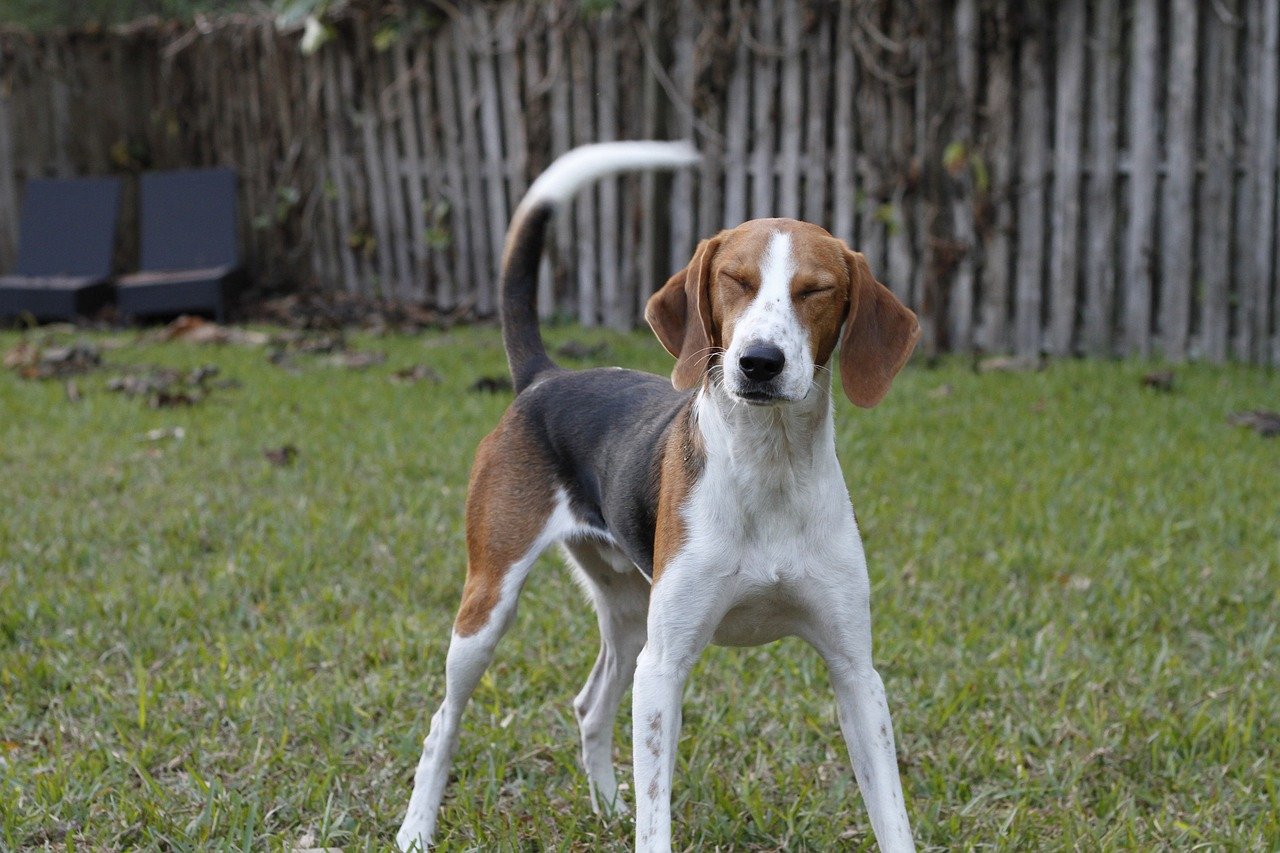 Shutterstock
Shutterstock
The American Foxhound had its heyday when running hounds and hunting were more in vogue. During the ‘70s, a few country-loving families kept them around for their stamina and friendly demeanor. Their melodic baying and easygoing temperament made them fit in with large families and outdoor lifestyles. However, urbanization and a decline in fox hunting took their toll on the breed’s relevance. They’re rarely seen outside of dedicated hunter circles or breed preservationists. You could say their popularity has gone the way of 8-track tapes—charming, nostalgic, and largely forgotten.
Irish Red and White Setter
 Shutterstock
Shutterstock
While their flashier cousin, the Irish Setter, soaked up most of the spotlight, the Irish Red and White Setter had a modest following in the 1970s, appreciated for its elegant hunting skills and striking coat. Yet, even back then, it was considered a rare find. As more families moved away from hunting dogs and toward apartment-friendly breeds, this setter vanished from everyday homes. Despite some efforts to revive their numbers, they’re still a rare sight outside of Ireland. If you’ve seen one in the wild, you probably also remember when rotary phones were cutting-edge.
Sussex Spaniel
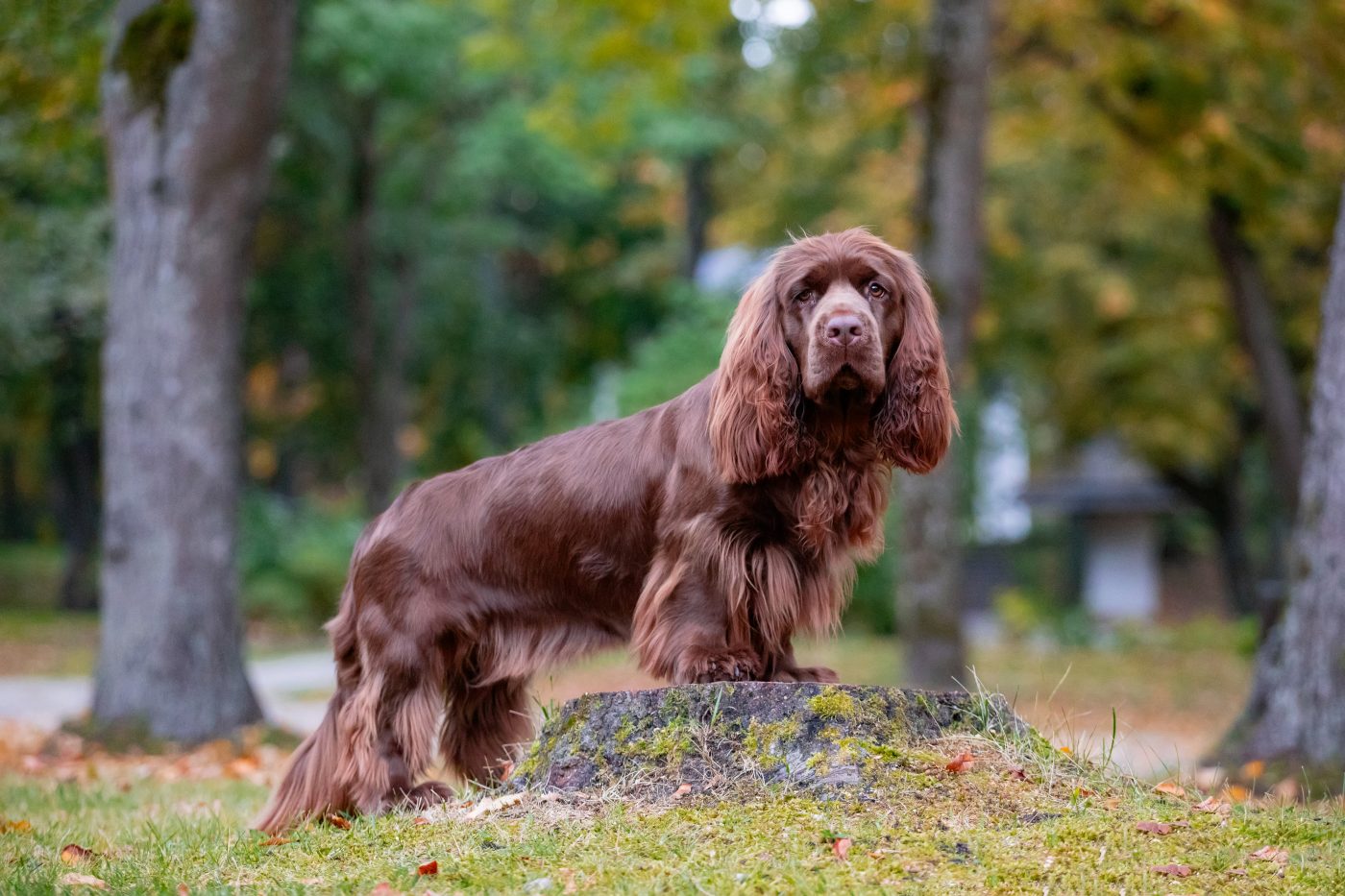 Shutterstock
Shutterstock
Low, long, and blessed with a soulful expression, the Sussex Spaniel was a mellow house companion during the mellow decade. With a slow, deliberate walk and deep voice, they fit in perfectly with laid-back lifestyles and tie-dyed sensibilities. But these charming dogs never gained the fame of their more energetic spaniel cousins and slowly faded from popularity. Their small litter and specialized breeding requirements didn’t help their chances. Today, they’re about as rare as shag carpet in a minimalist condo.
Sealyham Terrier
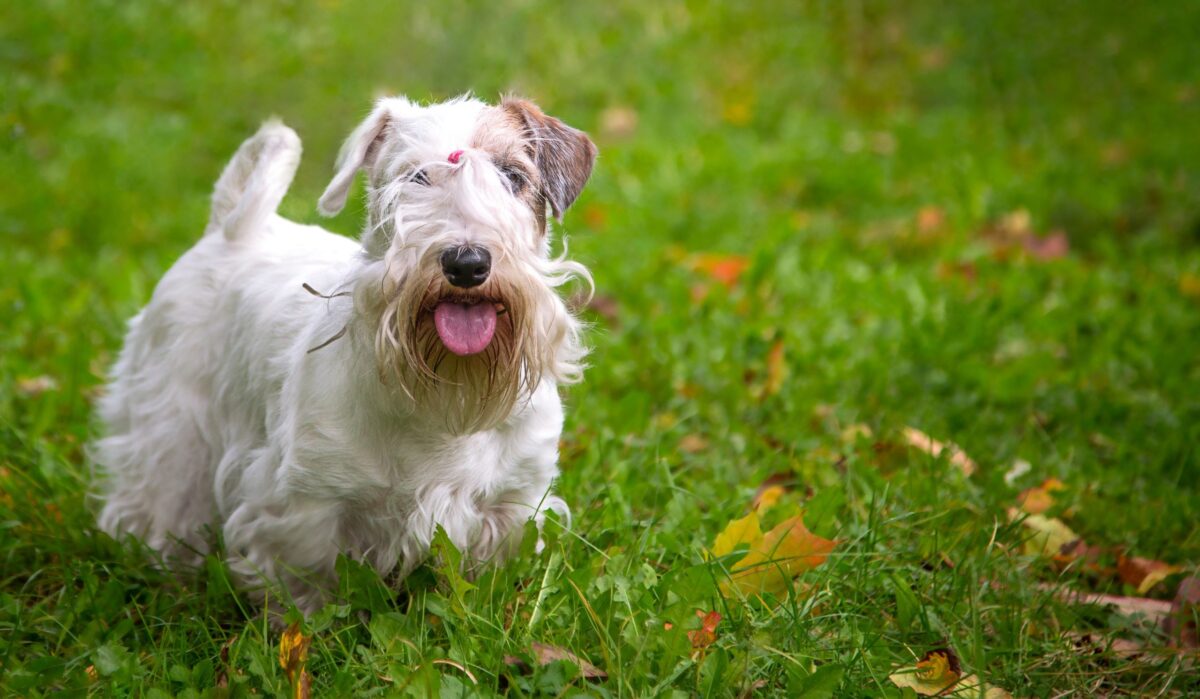 Shutterstock
Shutterstock
The Sealyham Terrier was the darling of the British aristocracy and made its way into fashionable American homes in the ‘70s. People adored their playful nature, compact size, and scruffy good looks. However, changing preferences for lower-maintenance breeds pushed the Sealyham to the sidelines. Their elaborate grooming needs and strong-willed personalities didn’t mesh well with the busy lifestyles of the following decades. Now, spotting a Sealyham is like finding a lava lamp that still works—it’s possible, but not easy.
English Setter
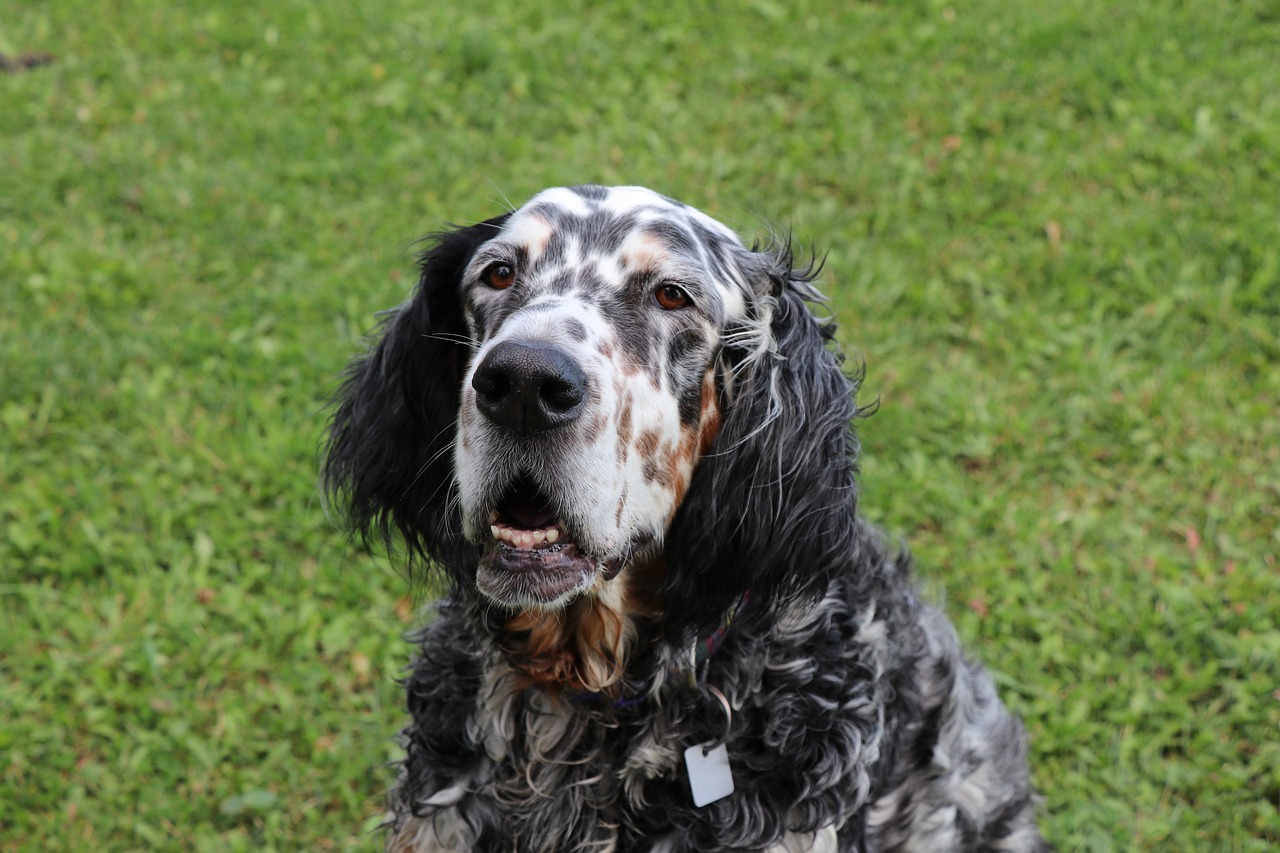 Shutterstock
Shutterstock
Once a staple in hunting circles and known for their grace in the field and elegance in the home, English Setters were prized in the 1970s for their beauty and versatility. Their feathered coats and gentle personalities made them family favorites. However, as hunting waned and breed competition intensified, they slowly lost their hold on the public eye. Flashier breeds and designer dogs began to dominate, pushing the English Setter further down the popularity chart. They’re still out there—but no longer the stars of the suburban scene they once were.
Glen of Imaal Terrier
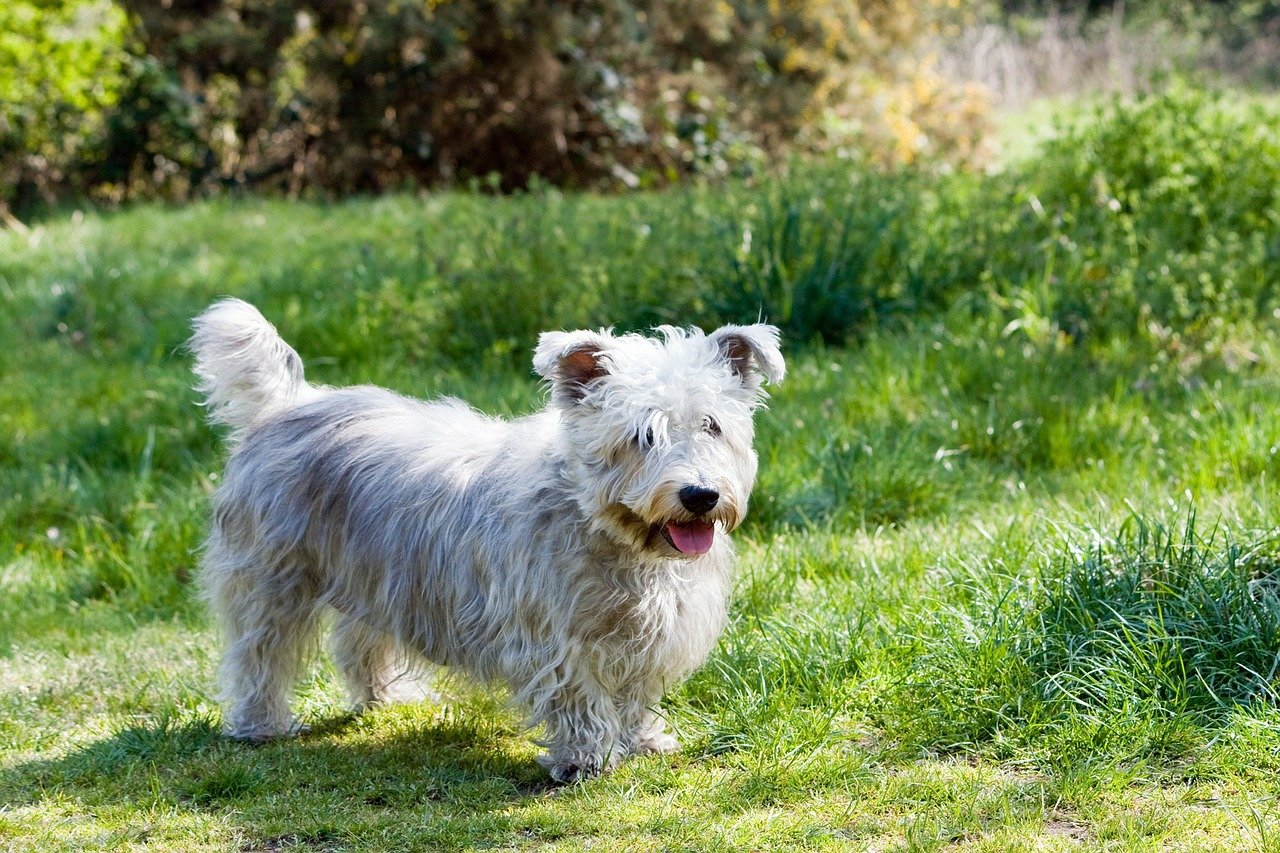 Shutterstock
Shutterstock
This sturdy little Irish terrier had a brief moment in the American sun during the ‘70s, often admired for its toughness wrapped in a cute, shaggy package. The Glen of Imaal Terrier could take on vermin and still be a snuggly companion, fitting into both working and home life. Yet, their small numbers and limited availability kept them from gaining widespread popularity. They slowly retreated from the spotlight without major breed club backing or celebrity endorsements.
Harrier
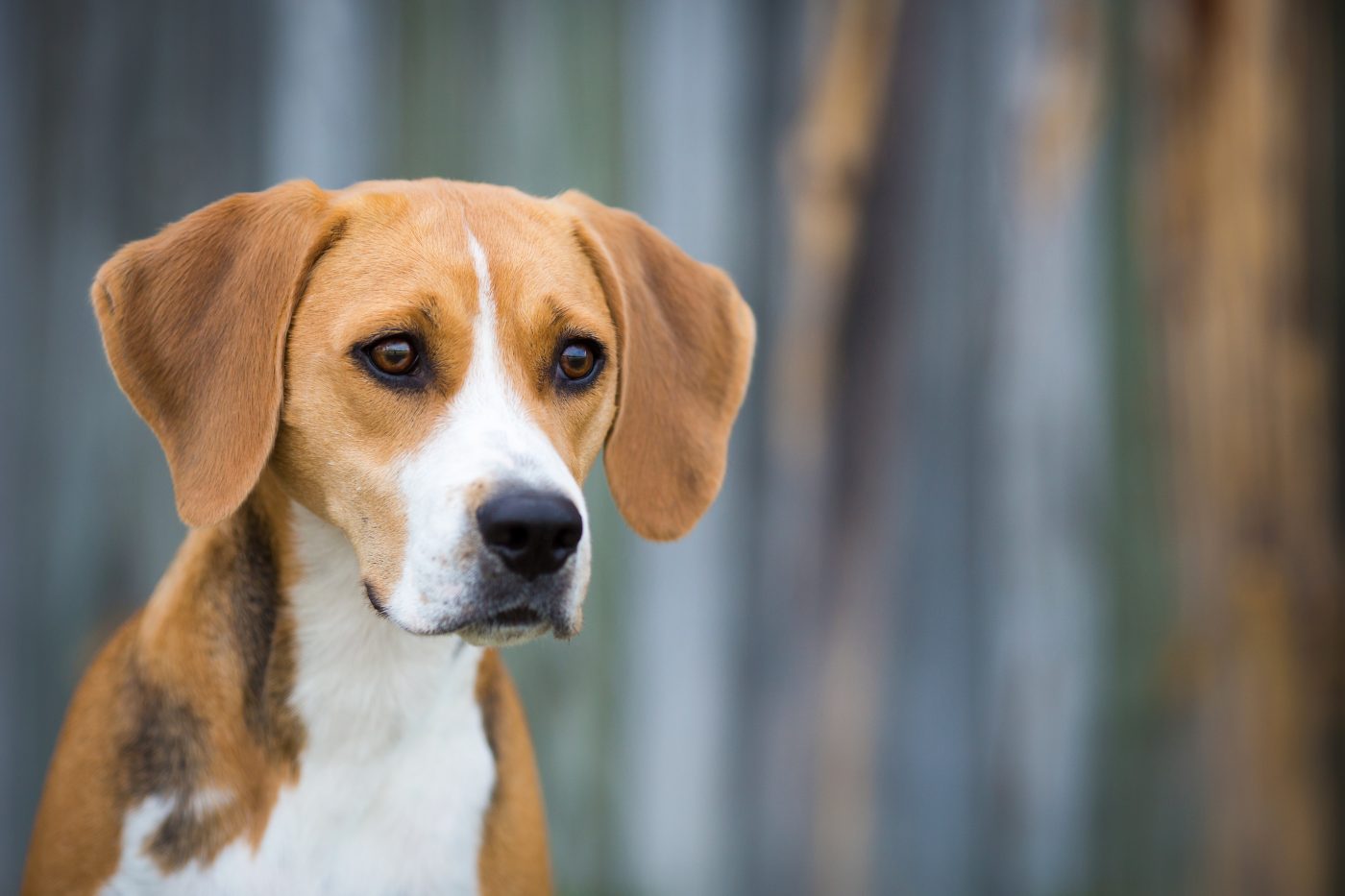 Shutterstock
Shutterstock
The Harrier, often mistaken for a smaller English Foxhound, was an active and loyal pack dog that fit right in with the rugged, outdoorsy crowd of the ‘70s. Great for scent work and running, Harriers were appreciated by those who wanted a medium-sized working hound with a lot of heart. But as suburban sprawl replaced open hunting grounds, Harriers lost their practical appeal. They’re now one of the rarest breeds in America, often missing from even the most dedicated dog shows. Let’s just say their fan club could fit comfortably in a station wagon.
Finnish Spitz
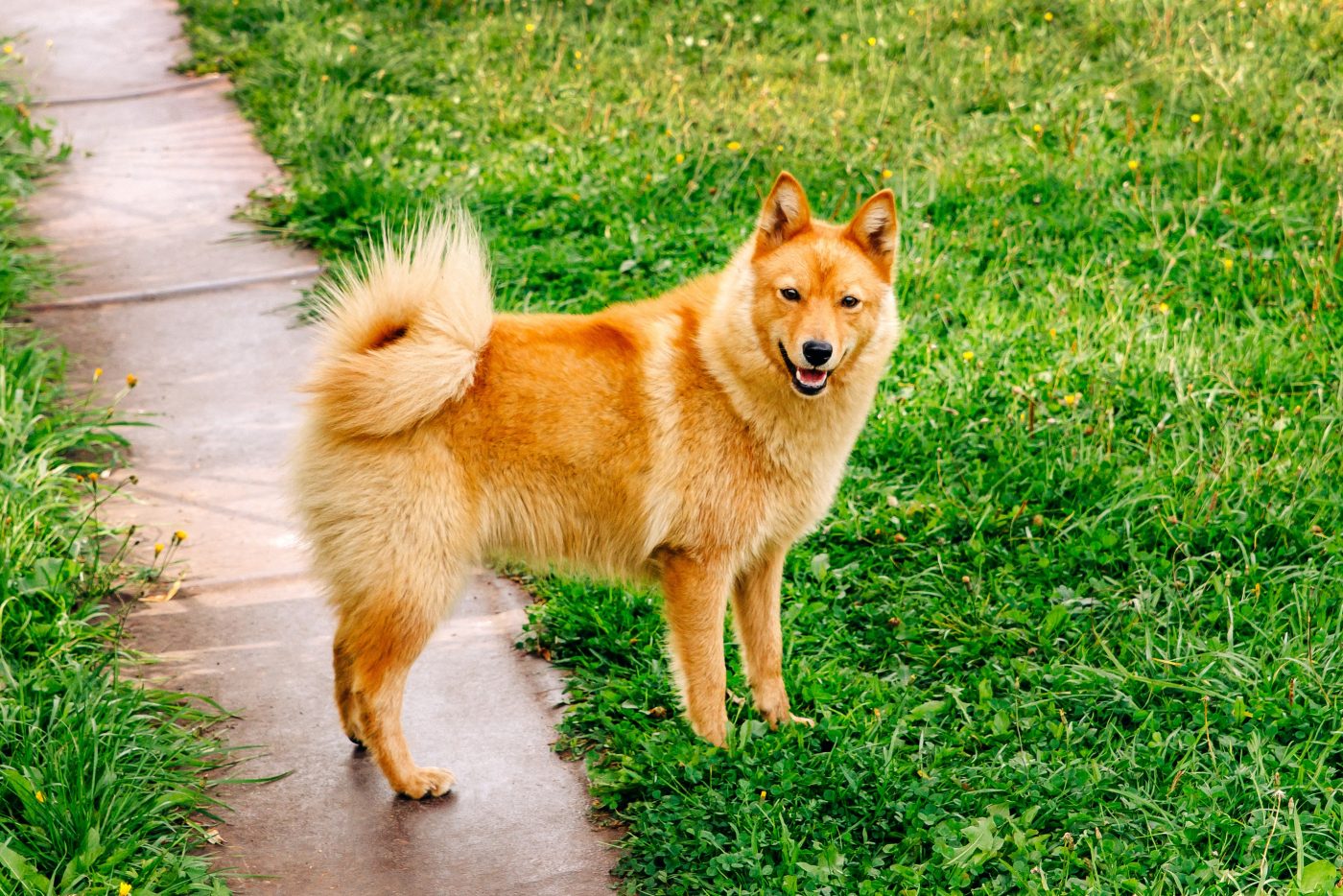 Shutterstock
Shutterstock
Known for their foxlike appearance and musical bark, the Finnish Spitz was in the spotlight during the ‘70s when exotic-looking dogs piqued interest among more adventurous owners. Their cheerful personalities and bright red coats made them an eye-catching choice. However, their vocal nature and independence didn’t mesh well with apartment living or obedience classes. Without broader recognition or sustained breeding programs in the U.S., they began to fade from the public eye. You’d have better luck finding one in a vintage Sears catalog than at your local dog park.
The Fur-Gotten Stars of the ’70s
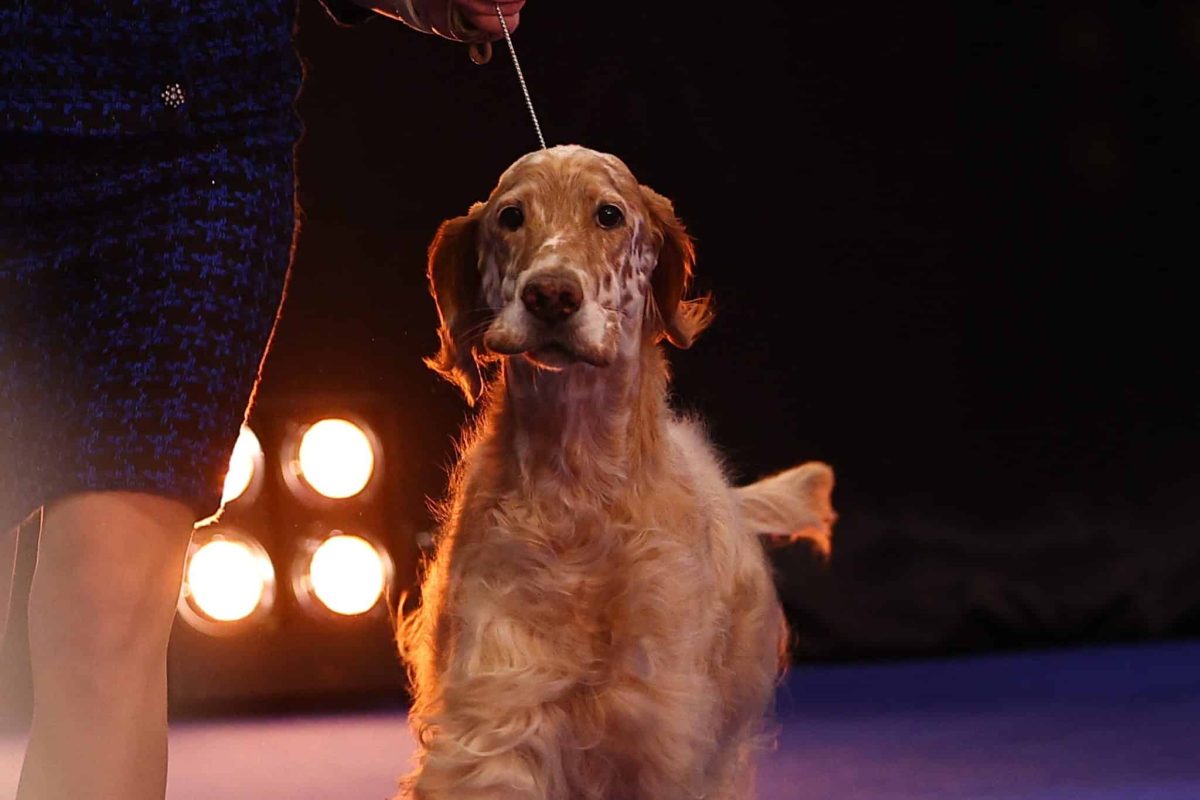 Shutterstock
Shutterstock
While these breeds once strutted their stuff through the groovy landscape of the 1970s, they’ve since slipped into the shadows like bell-bottoms after prom night. Whether it was the changing pace of life, the rise of trendier breeds, or just a serious marketing fail, these pups went from hip to nearly history. They may not dominate today’s Instagram feeds, but they still deserve a standing ovation—or at least a scratch behind the ears. Because let’s be honest: any dog that rocked the ‘70s deserves a comeback tour, glitter and all.

 1 week ago
9
1 week ago
9



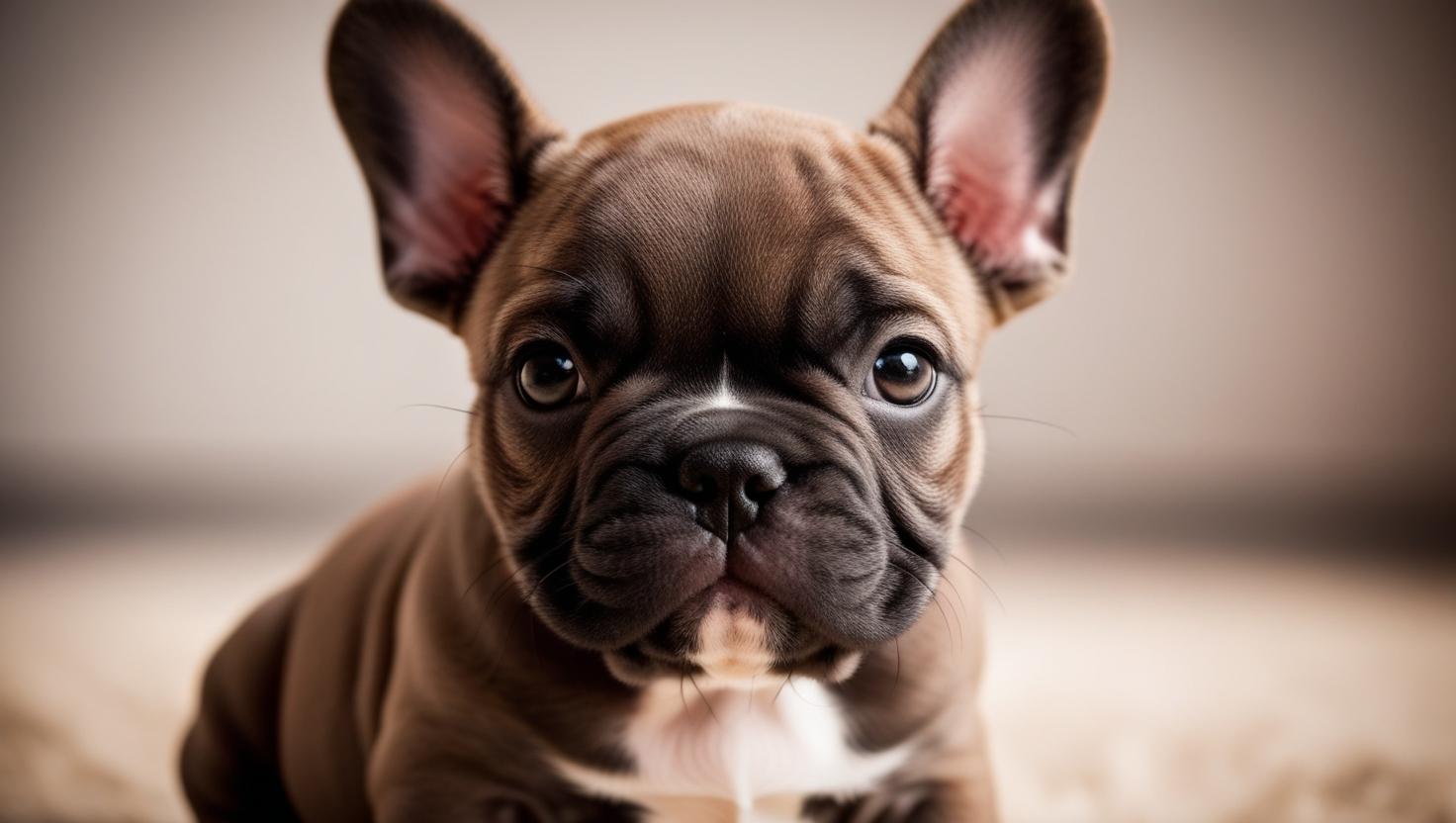
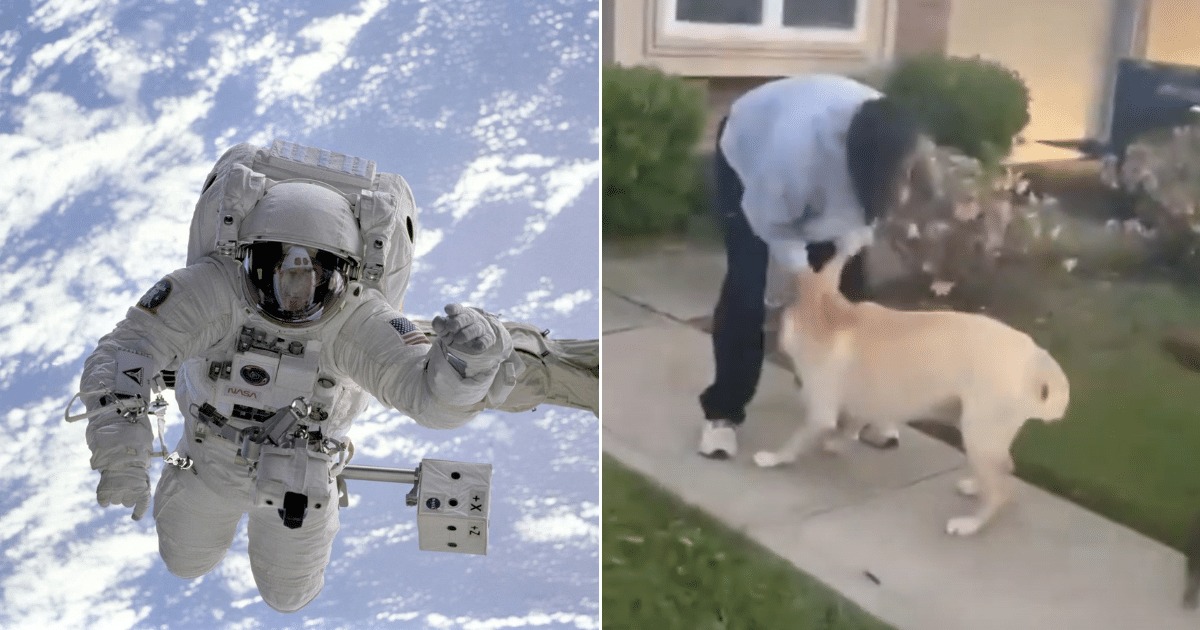
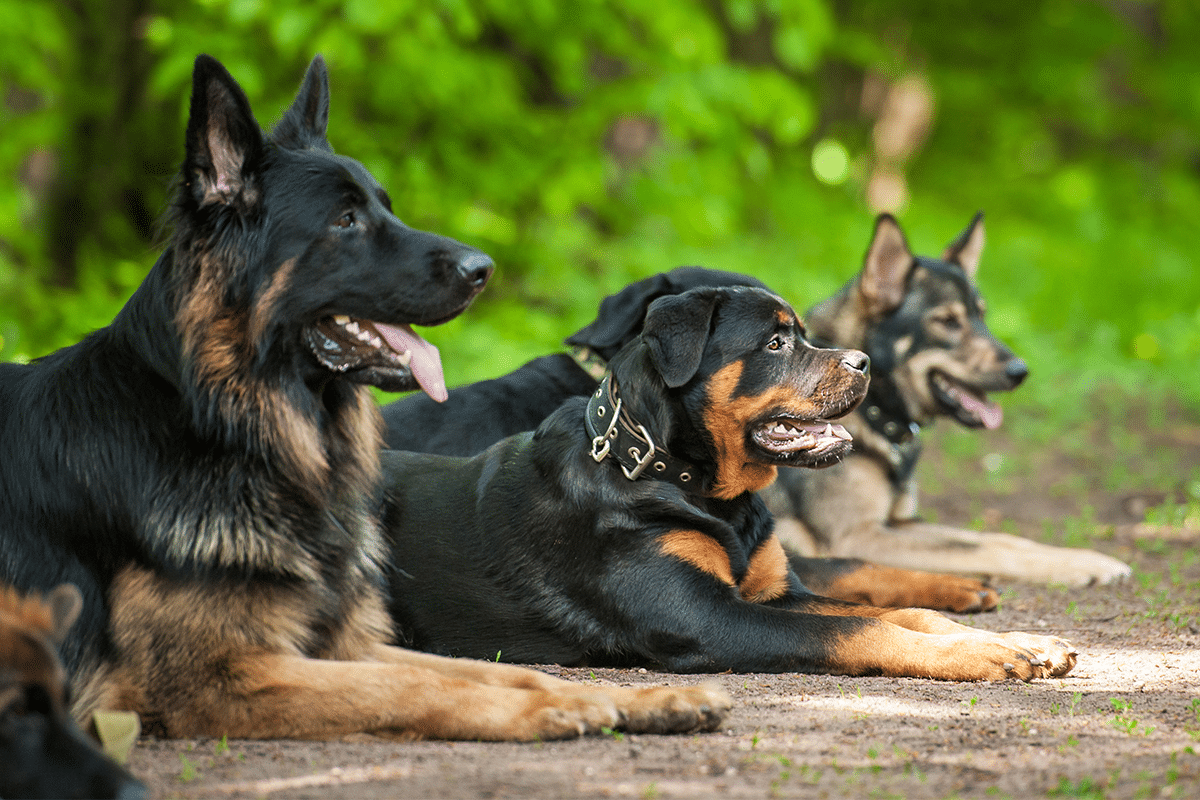
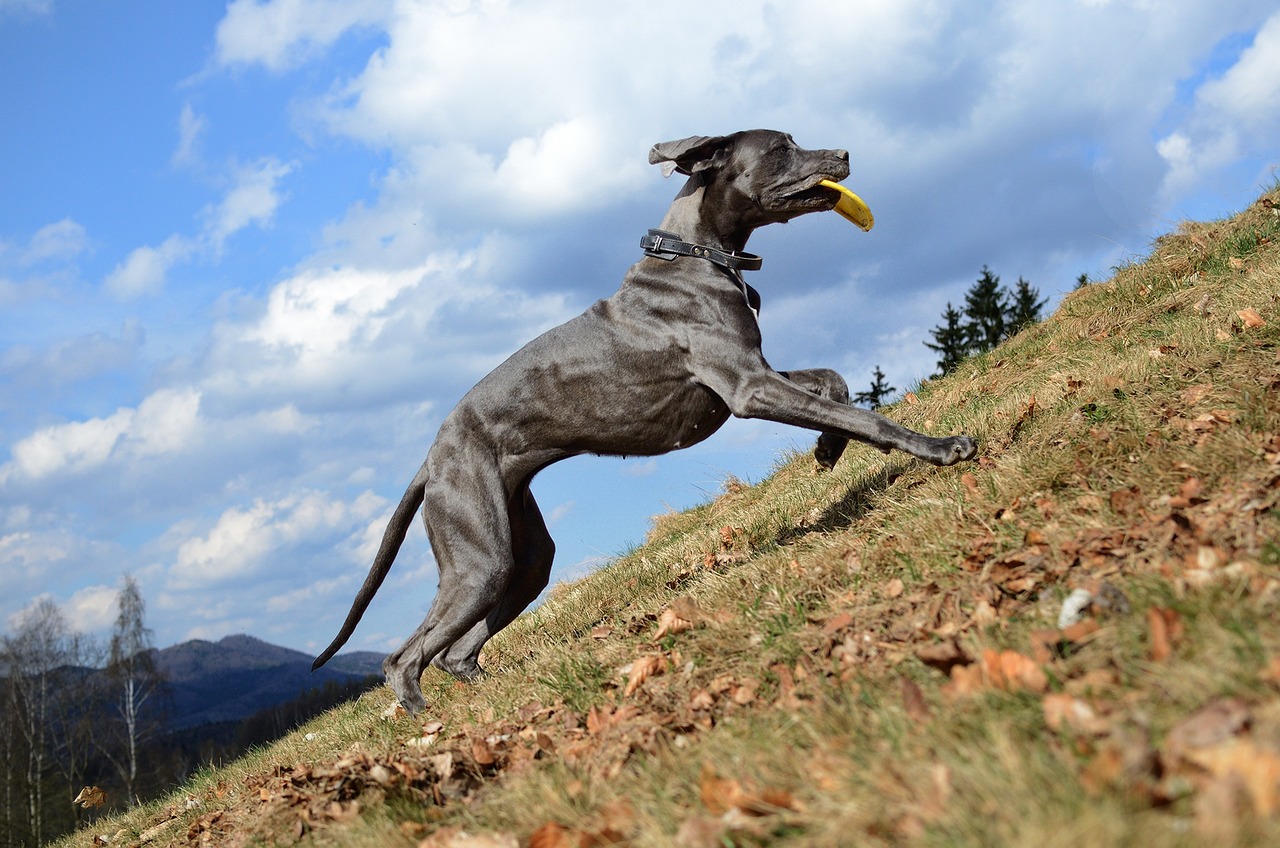

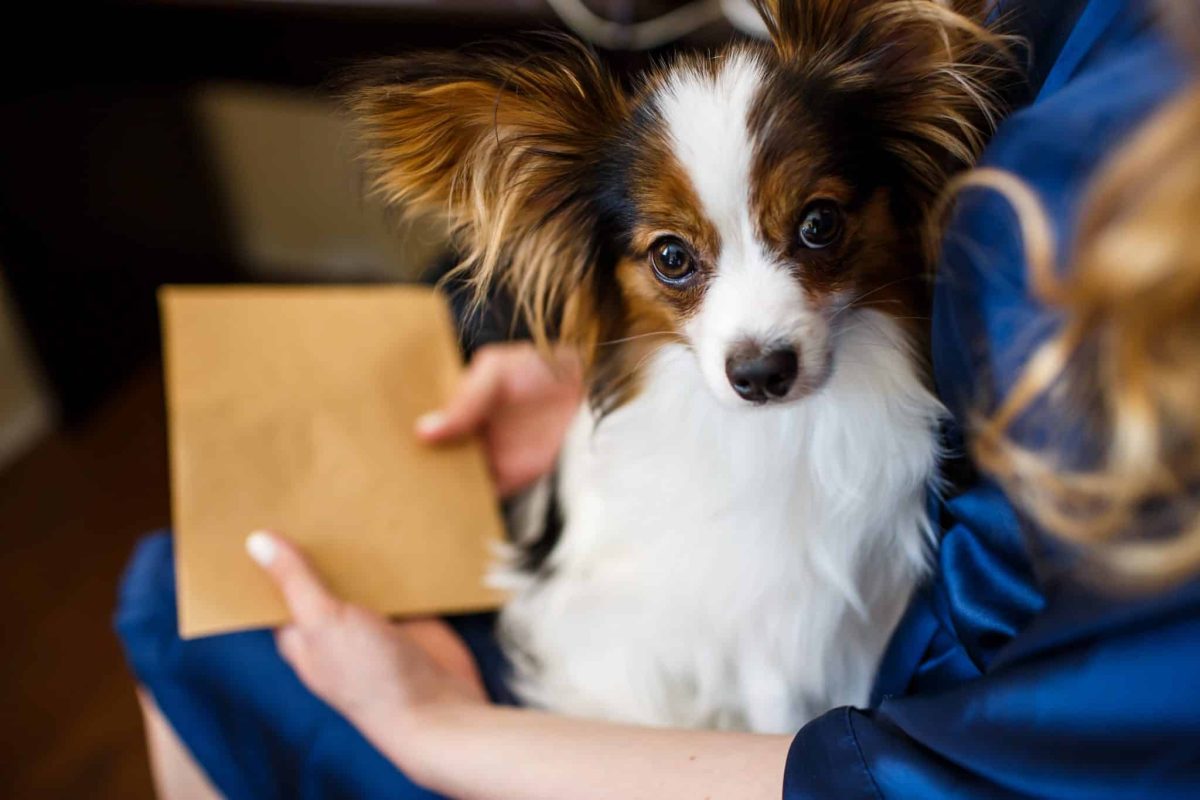









 English (US) ·
English (US) ·